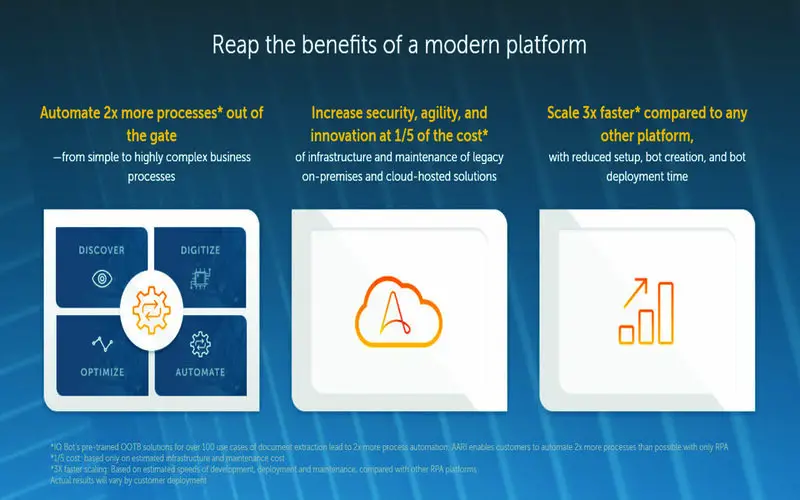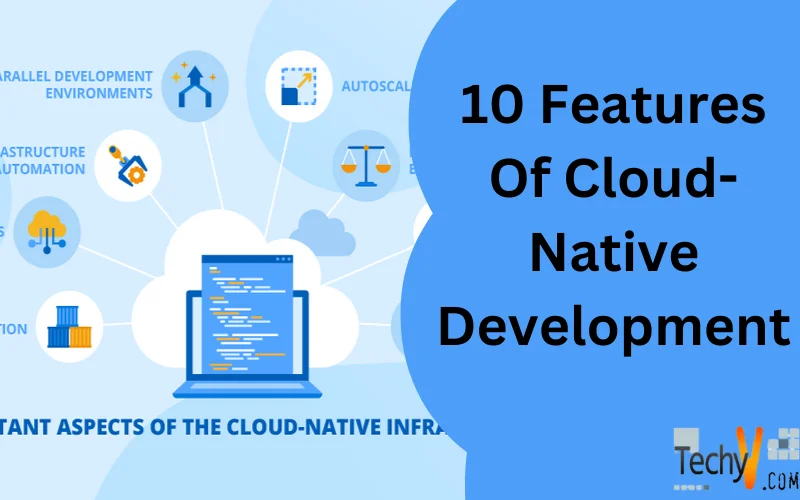What Is Cloud Native?
Cloud Native refers to building and running applications to take benefit of the distributed computing provided by the cloud delivery model. Cloud-native apps are outlined and created to exploit the scale, elasticity, resiliency, and flexibility the cloud offers.
What Is Cloud-Native Application Development?
Cloud-native application development narrates how and where developers build and deploy cloud-native applications. A social shift is essential for cloud-native development. Developers affect specific software practices to reduce the software delivery timeline and deliver the correct development practices below.
Key Features Of Cloud-Native Applications
These should be your first choice because they provide numerous benefits such as fast speed, cost savings through containerization, excellent user experience, and facility management. This article discusses how cloud-native tasks such as the Agile DevOps process, lightweight containers, loose coupling in microservices, and resources can be beneficial to emerging developers.
1. Containers
Cloud-native is contributing to the container-based environment and talks about scalability and flexibility. A container reacts as a backbone in cloud-native architecture. Cloud-native apps are a collection of various independent services bundled as lightweight containers. Lightweight containers assist you in deploying without worrying about the interrelated cloud virtual servers or compute examples of cloud offers. Due to high scalability, cloud-native apps drive technology.
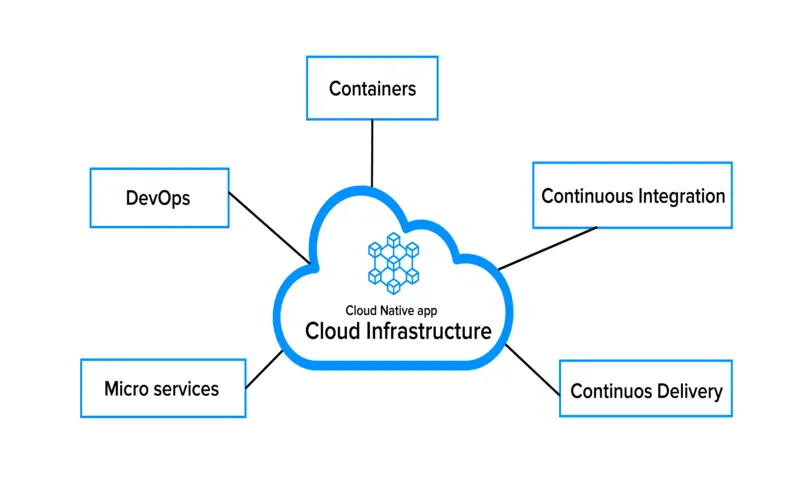
2. Languages And Frameworks
Cloud-native apps are efficient in understanding various languages. It is simpler to pick distinct duration and language structure based on the functionality of the independent services. Developers can note the UI of an app using Node.js and choose to note the APIs in Java using Micro Profile. Organizations Java developers preparing to use Java can opt for the Micro Profile framework. Spring developers can opt for Spring Boot. Node.js developers can opt for Express.js or Loopback. Swift developers can opt for Kitura.
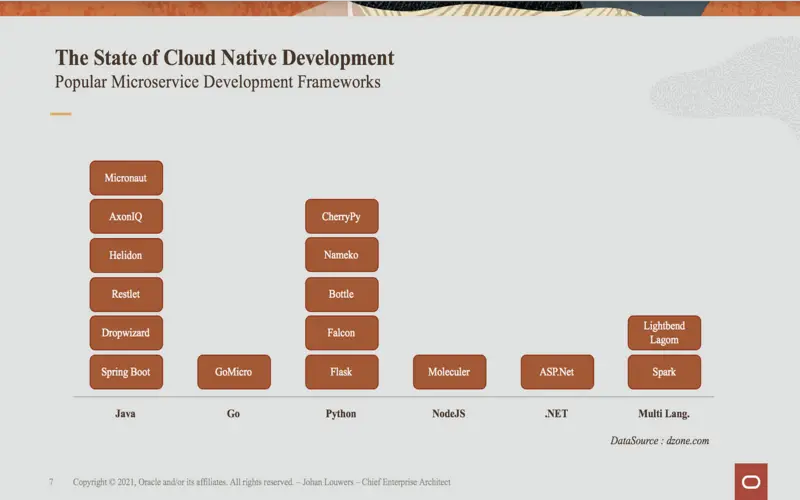
3. Microservices
Cloud Native apps are created of microservices that can be seamlessly united into the cloud surroundings. Loosely coupled services allow developers to examine each service individually. Microservices run in their operation and communicate through HTTP APIs. Every microservice can be individually upgraded and scaled. Elastic infrastructure and app architecture united to get scaled out with performance and efficiency. Decoupling helps developers to deliver higher functionality by focusing on the core functionality of services. As every service is maintained individually, this reach is effective lifecycle management for the overall application.
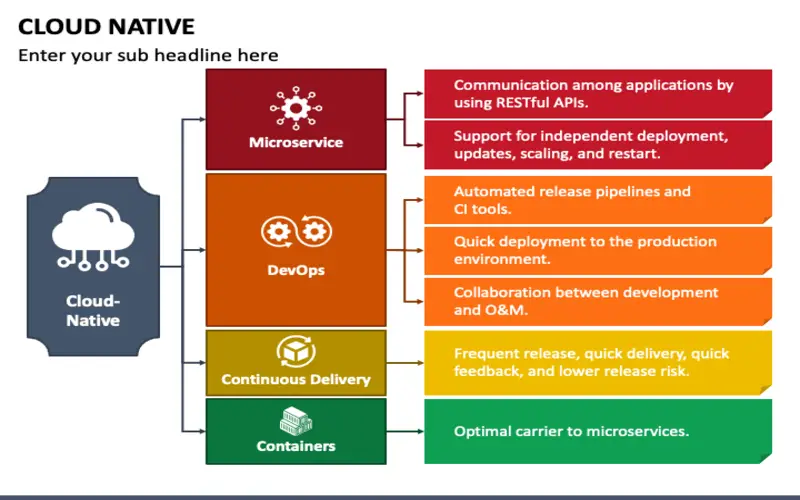
4. Application Programming Interface (API)
The biggest hurdle in microservices app architecture is seamless contact among distinct services. The front-end client-facing microservices acknowledge the user requests created from a mobile phone, a browser, or other tools. Cloud-native services use APIs based on specific protocols like presentational state transform (REST), Google’s open-source remote processes call (gRPC), or NATS. RESTful APIs can seamlessly organize communication in microservices-based apps. For performance, gRPC usage for interior communication among services. REST usage is to reveal APIs over hypertext protocol (HTTP). NATS has published support features that allow asynchronous within the application.
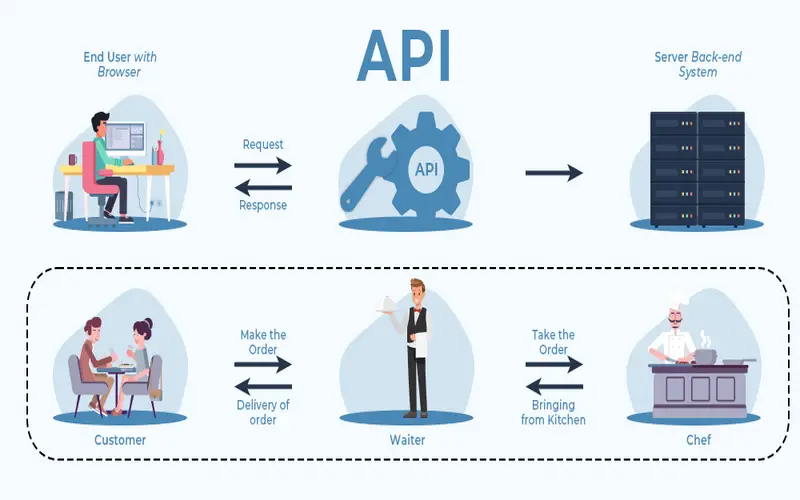
5. Architecture And Platform
For cloud-native apps to quickly deliver and repeat the app’s functionality, speed is vital, and so is the architecture. Services that are constant and durable opt for designs that provide flexibility and higher availability. Stateless services exist as individual stateful services. The cloud-native architecture allows developers to use the platform as a means for extracting away from infrastructure possession. The group can focus on the software, not on arranging, patching, and keeping operating systems. One of the effective means of extraction is an organized platform, a platform that is perfect for operating on cloud-based structures like Amazon Web Services (AWS), Microsoft Azure, and Google Cloud Platform (GCP).
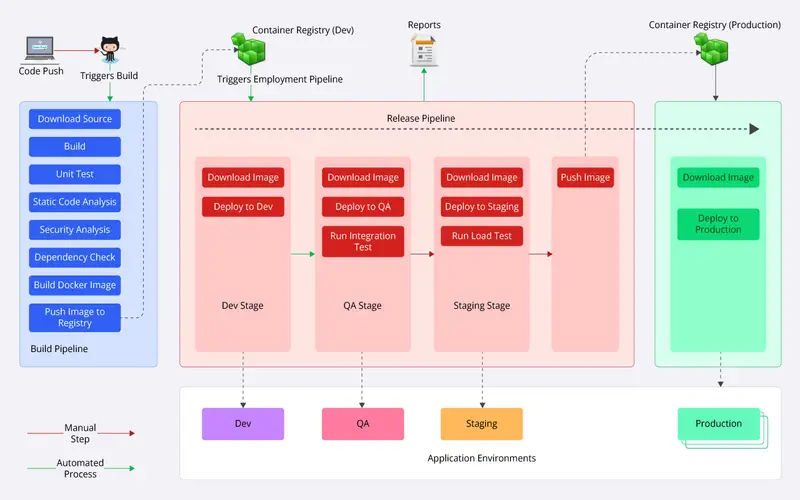
6. Operating System
Cloud-native apps are carried and operate at a high concept level. They do not have possession of any particular operating system. Cloud-native services should be independent of servers and operating systems. Whenever microservices require solid-state drives (SSDs), and processing units (GPUs), the usage available by a subset of machines.
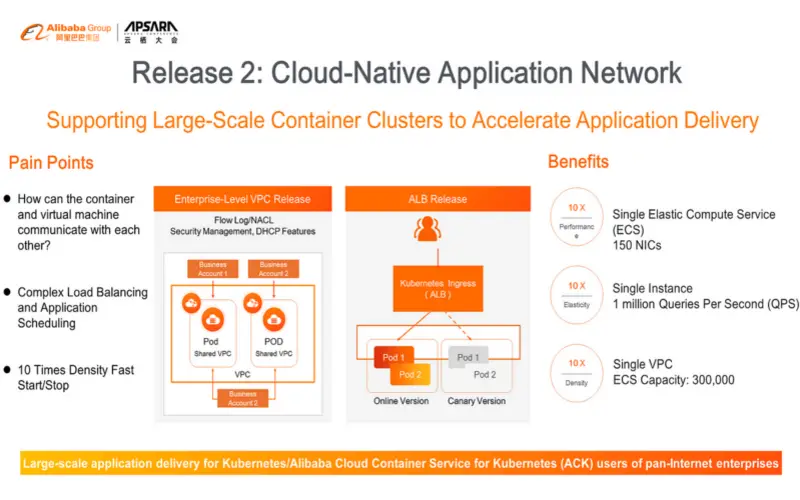
7. Infrastructure
Cloud-native apps are situated on virtual, shared, and elastic structures. The cloud-native structure comprises software and hardware that are appropriate to run the apps efficiently. Infrastructure also involves operating systems, data centers, suitable pipelines, configuration management, and other systems and software significant to support the apps. Effective cloud-native infrastructure drives to enhance iterations and time-to-market.
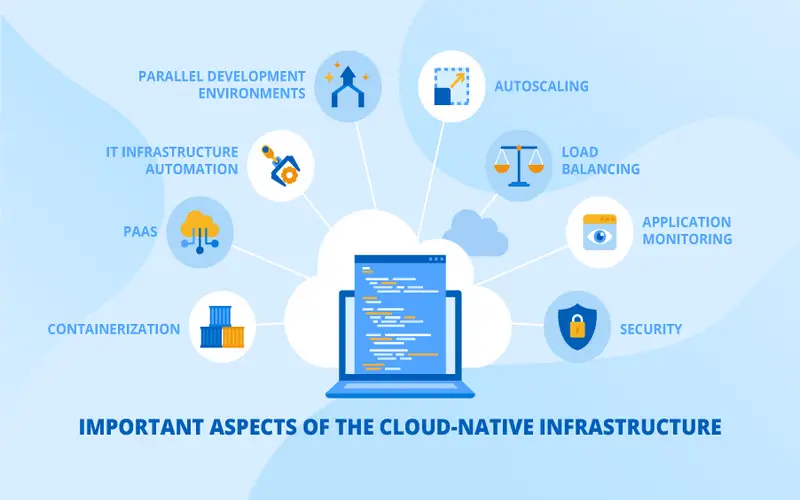
8. Agile DevOps Processes
An organization requires a platform to construct and run cloud-native apps and services to automate DevOps, microservices, continuous delivery, and containerization. In a cloud-native app, every service has an individual lifecycle organized through agile DevOps processes. Multiple consistent integrations and continuous delivery (CI/CD) pipelines work among each other to manage cloud-native apps.
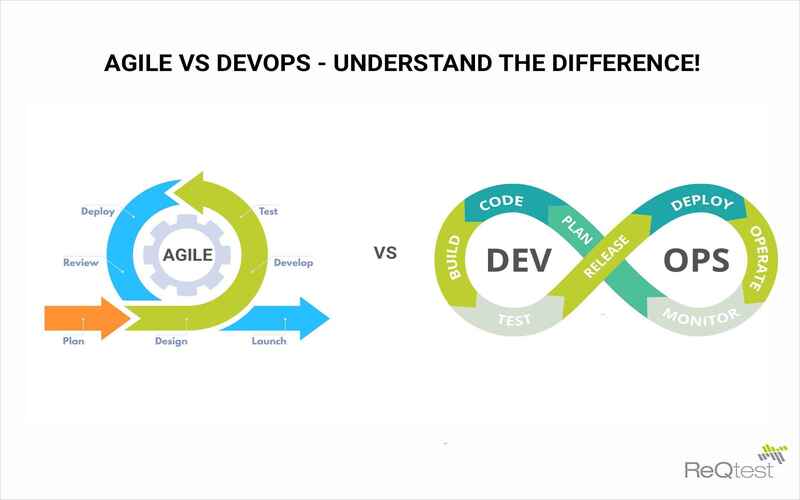
9. Resource Allocation
Cloud-native apps are governed by a governance model comprised of policies. They follow network policies that establish CPU and storage limits and allocate resources to services in this manner. The central IT department of a company can allocate resources to each department. Every department takes advantage of the complete access and ownership that developers and DevOps teams have over their resources.
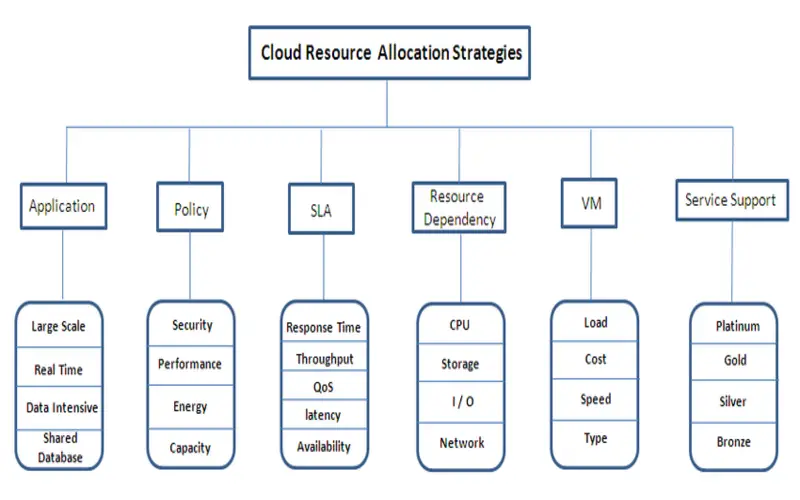
10. Automation
Automation is critical to making cloud-native a reality. Apps designed to run and scale in the cloud require a new strategy, and automation is one of them. Cloud-native programs can be highly automated because they implement the infrastructure-as-code paradigm.
- Resources – Cloud-native apps align with the power models and stick to programs such as storage limits, central processing units, and networks that assign resources to services. In a company, central IT can allocate resources to every department. Teams in every department can administer access to and ownership of the resources.
- Cloud-native apps are planned exclusively for the cloud. Forward-looking companies develop apps using Cloud-native innovation, Agile DevOps processes, containers, Microservices, and consistent flows to make the apps different besides future-proofing against disruptive changes.
